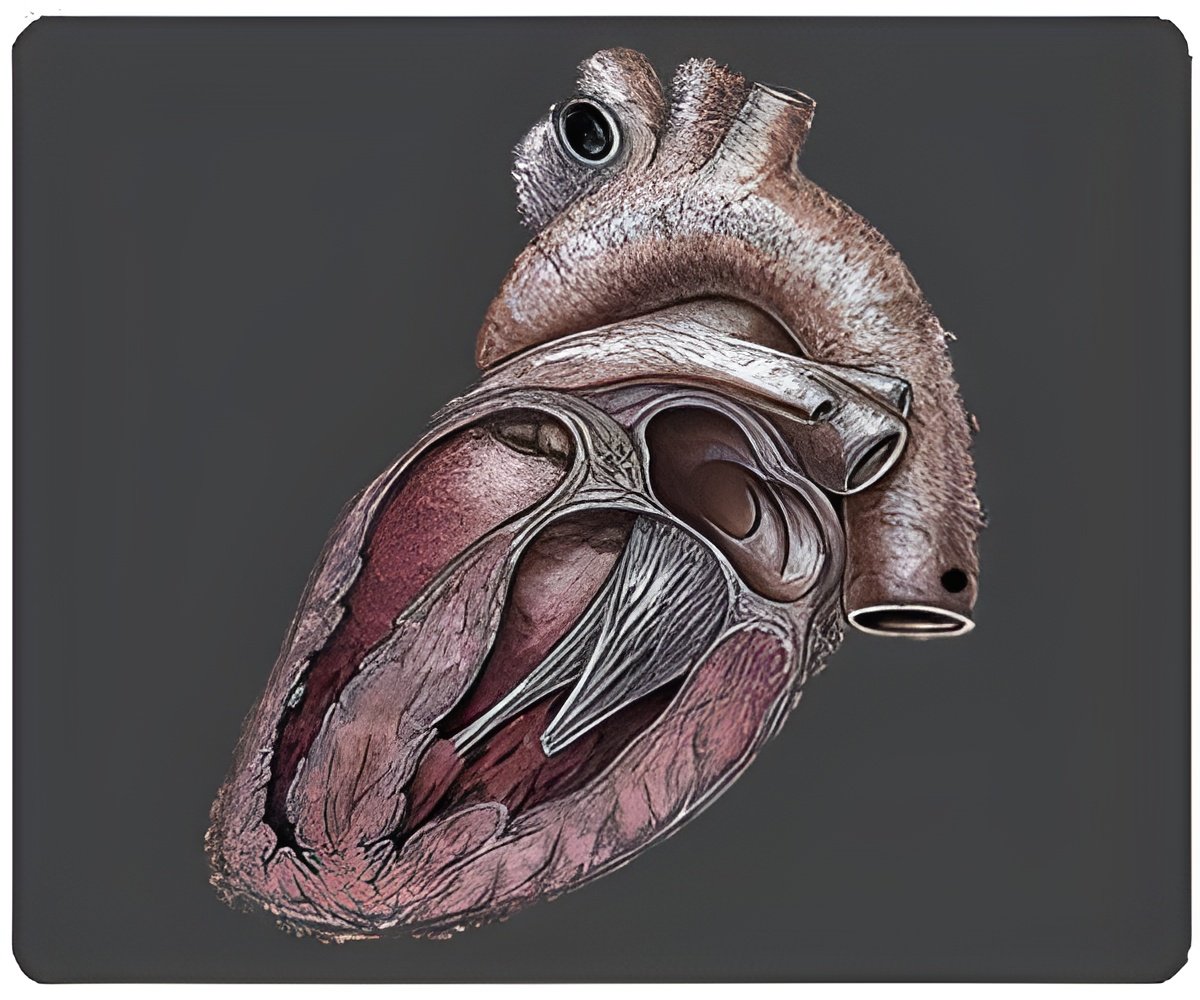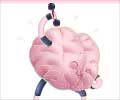Study says an exercise training program worked better than a commonly used beta blocker, significantly improving — even curing — patients with a debilitating heart syndrome
Research published in
Hypertension: Journal of the American Heart Association says that an exercise training program worked better than a commonly used beta blocker, significantly improving — even curing — patients with a debilitating heart syndrome.
Postural Orthostatic Tachycardia Syndrome (POTS) — called "The Grinch Syndrome" because most patients have a heart that's "two sizes too small" — affects about 500,000 Americans, primarily young women.POTS is characterized by a rapid increase in heartbeat of more than 30 beats per minute or a heart rate that exceeds 120 beats per minute when patients change from lying down to standing within 10 minutes.
The heart rate is high with palpitations, but the stroke volume (the volume of blood pumped from the heart with each beat) and blood volume are low.Symptoms include dizziness, lightheadedness, fatigue, inability to stand for prolonged periods of time (chronic orthostatic intolerance) and occasionally fainting. POTS may be life-altering and may cause substantial disability that interferes with daily living. In the United States, women who are afflicted with POTS range in age from adolescence to about 50.In the small study, 18 Caucasian women (average age 27) and one man completed the double-blind drug trial. They were randomized to receive either the beta blocker propranolol or a placebo for four weeks followed by three months of exercise training. There were 15 age-matched healthy controls, 14 women and one man.In analyzing quality of life, researchers found:
- All patients completing exercise training showed improvement in physical function scores.
- Nearly all patients completing the exercise program (95 percent) showed improvement in social function scores.
- All patients completing exercise training showed improvement in heart rate responses. Ten (53 percent) of 19 patients were "cured" of POTS – that is, their change in heart rate with standing no longer met criteria for the syndrome.
- Aldosterone-to-renin ratio (the regulation of sodium balance, fluid volume and blood pressure) increased among those in the exercise program. This ratio is low in POTS patients, and it remained low after the beta blocker treatment. Aldosterone-to-renin plays a critical role in how the body handles changes to blood circulation during prolonged standing.
In an analysis conducted prior to beginning the exercise regimen, researchers found the group receiving beta blockers showed no change in social function scores and very few patients improved physical function scores."The exercise training program is a resounding success in the treatment of POTS," said Benjamin Levine, M.D., senior study author and director at the Institute for Exercise and Environmental Medicine at Texas Health Presbyterian Dallas. "The unique component is to start training in a recumbent (semi-reclining) position, which is important to those who can't tolerant standing. This strategy avoids the upright position that produces symptoms. We don't even let patients stand up to exercise for one or even two months," said Levine who is also professor of medicine and cardiology and distinguished professorship in exercise science at the University of Texas Southwestern Medical Center at Dallas. "However, to maintain the benefits these patients will need to incorporate the training program into their everyday lives indefinitely."Typical recumbent or sitting exercises include cycling with a recumbent bike, rowing and swimming. The exercise training progressively increases in intensity, duration and frequency. Training begins with 30- to 45-minute sessions, two to four times per week. By training's end, patients are exercising five to six hours per week and encouraged to exercise upright."Exercise training is superior to the beta blocker in restoring upright blood circulation, improving kidney function and dramatically improving quality of life," said Qi Fu, M.D., Ph.D., study first-author and assistant professor of internal medicine and cardiology at the University of Texas Southwestern Medical Center. Researchers are conducting a similar study in a community setting outside the constraints of a controlled clinical trial. They also have initiated a POTS registry that includes detailed instructions for physicians to conduct the exercise training program.
Source-Eurekalert
















